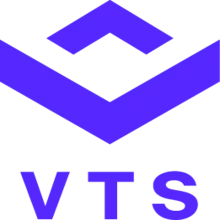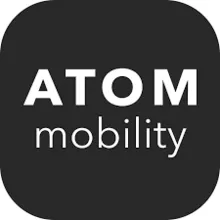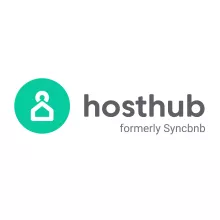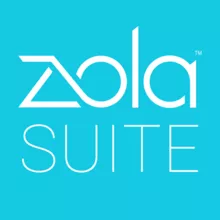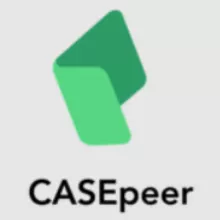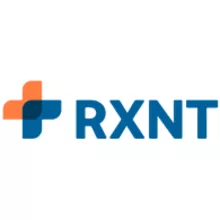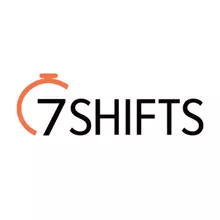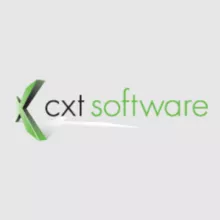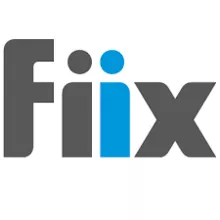Property Management software for portfolios or single properties
Electronic Medical Records Software: Overview
Electronic medical records software (EMR), often known as electronic health records software (EHR), is a combination of features and tools that enable clinicians to create, manage, and update digital health data for their patients more easily and securely than they can with paper charts. Digital charting, order input, decision support, and clinical reporting are all common elements of EMR software. This software can assist physicians in qualifying for government incentives, satisfy regulatory criteria, and enhance overall care quality, making life simpler and procedures faster for healthcare staff. When evaluating EMR software systems to determine which one is ideal for your practice, it's critical to understand what features each one offers. Some of the most common qualities of EMR solutions are as follows:
- Create real-time digital records for patients' medical concerns and diagnoses. Consolidate all patient records into a single chart. Many EMR platforms have customized templates for charting, allowing users to pick and choose any data they want.
- E-prescribing entails electronically printing and transmitting prescriptions to the patient's preferred pharmacy. Automatically get notifications about pharmacy interactions, including dose levels, allergies, and prescriptions.
- A patient portal allows patients to log in and access information such as their prescription history, several doctor visits, and test results. Promote active participation and ownership of their own healthcare to increase patient engagement.
- Enter, store, and transmit lab tests, medicine, and other service orders.
- Receiving automated therapy notifications, reminders, or suggestions based on a patient's illnesses and demographics might help them make better decisions.
Electronic Medical Records Software: Benefits
- Physicians can prescribe the right drugs and doses using integrated drug databases, symptom assessments, and drug interaction verification.
- It's considerably easier to develop reports that detect and track health hazards for individuals or groups of people when patient information and medical record systems are digitized. These reports can assist clinicians in intervening early when a patient's health is deteriorating. The reporting capabilities of an EMR can also help clinics participate in Medicare payment systems like the Merit-Based Incentive Payment System (MIPS).
- Charts must be easily available and readable to be shared with all authorized members of a patient's care team, including specialists and technicians. An EMR system provides a consistent style for clearly presenting dated patient information that can be shared digitally, which is safer than printing and faxing sensitive medical documents to authorized colleagues.
- Electronic patient records give doctors the paperwork they need to submit claims to insurance companies, Medicare, and Medicaid. In addition, integrated E&M coding tools further assist clinicians in accurately and confidently coding visits.
- Doctors and administrators don't have to go through stacks of paper records to get information about their patients. The capacity to get lab test results digitally and prescribe prescriptions electronically are two further time-saving EMR features.



